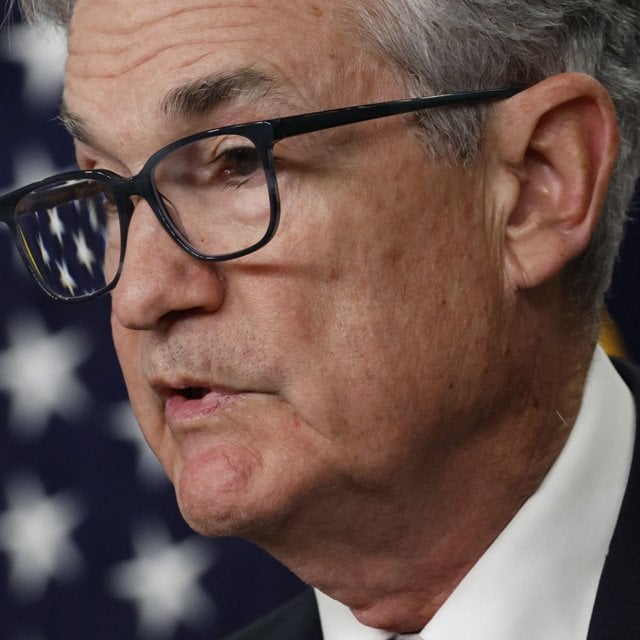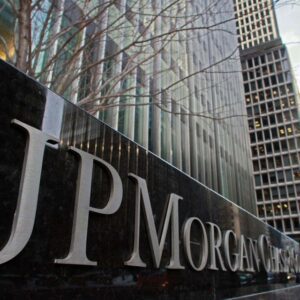Fed Hikes Quarter Point, Signals It Still Expects Higher Rates

The Federal Reserve raised interest rates by a quarter percentage point and signaled it’s not finished hiking, despite the risk of exacerbating a bank crisis that’s roiled global markets.
The Federal Open Market Committee voted unanimously to increase its target for the federal funds rate to a range of 4.75% to 5%, the highest since September 2007, when rates were at their peak on the eve of the financial crisis. It’s the second straight rise of 25 basis points following a string of aggressive moves starting in March 2022, when rates were near zero.
“The U.S. banking system is sound and resilient,” the Fed said in a statement in Washington after a two-day meeting.
At the same time, officials warned that “recent developments are likely to result in tighter credit conditions for households and businesses and to weigh on economic activity, hiring, and inflation. The extent of these effects is uncertain.”
Fed policymakers projected rates would end 2023 at about 5.1%, unchanged from their median estimate from the last round of forecasts in December. The median 2024 projection rose to 4.3% from 4.1%.
Treasury yields slid and the S&P 500 index moved up sharply after the announcement.
Chair Jerome Powell will hold a press conference at 2:30 p.m. in Washington.
The hike and forecasts suggest policymakers remain firmly focused on bringing down inflation to their 2% goal, indicating they see rising prices — especially based on recent data — as a bigger growth threat than the bank turmoil. It also projects confidence that the economy and financial system remain healthy enough to withstand the string of bank collapses.
At the same time, rising borrowing costs risk worsening the bank crisis, especially since it was higher interest rates on holdings of Treasuries that precipitated Silicon Valley Bank’s collapse and threatened other lenders. If the Fed is underestimating the extent of financial fissures, the latest move risks adding to pressures that could tip the economy into recession.
Tough Call
While Wednesday’s hike was in line with most economists’ and traders’ expectations, it was one of the central bank’s toughest calls in recent years, with some Fed watchers and investors calling for a pause to mitigate the risk of financial contagion following multiple bank collapses.
The Fed “anticipates that some additional policy firming may be appropriate in order to attain a stance of monetary policy that is sufficiently restrictive to return inflation to 2% over time,” officials said in their post-meeting statement.
The change in the statement language – policymakers had previously said that “ongoing increases” in the benchmark rate would be appropriate – signals they want to add flexibility to pause if necessary.


